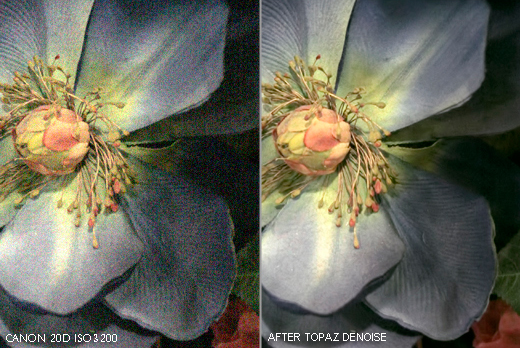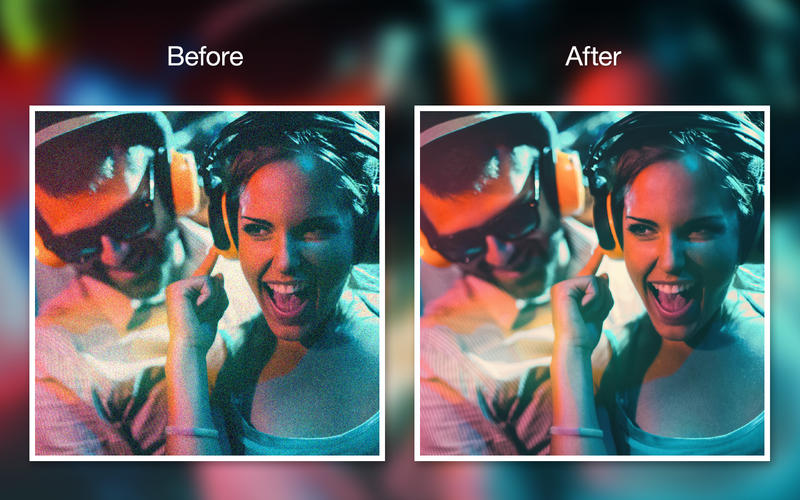

The noise factor is multiplied with a random matrix that has a mean of 0.0 and a standard deviation of 1.0. We start with defining a noise factor which is a hyperparameter. So let’s create a noisy version of our MNIST dataset and give it as input to the decoder network.
DENOISE PHOTO HOW TO
Here we will feed the original images as input and we get the noisy images as output and our model (i.e, autoencoder) will learn the relationship between a clean image and a noisy image and learn how to clean a noisy image. To be able to do this, we will use existing images and add them to random noise. While solving the problem statement, we have to remember our goal which is to make a model that is capable of performing noise removal on images. Output: (10000, 784) Adding Noise to Images We will import libraries such as numpy for optimizing the matrix multiplications, matplotlib for data visualization purposes such as plotting the images, Sequential model from Keras gives us an empty box in which we are adding several dense (i.e, fully connected) layers according to our architecture, Dense to create the fully connected layers in our network, MNIST to import the dataset from Keras directly. The first step is to load the necessary Python libraries. Let’s start our implementation! 😊 Load the necessary Libraries

They are trained similarly to Artificial Neural Networks via backpropagation.įigure Showing the architecture of an Encoder-Decoder (Autoencoder) Network They are also lossy in nature which means that the output will be degraded with respect to the original input. The one thing which we must remember about autoencoders is that they are only able to compress the data that is similar to what they have been trained on. The lower dimension (i.e, output of encoder network) representation is usually known as latent space representation. The decoder- This network reconstructs the original data from the lower dimension representation.The encoder- This network downsamples the data into lower dimensions.Encoder-Decoder automatically consists of the following two structures: In the case of image data, the autoencoder will first encode the image into a lower-dimensional representation, then decodes that representation back to the image. Overview of Encoder-Decoder Network (Autoencoders)Īutoencoder is an unsupervised artificial neural network that is trained to copy its input to output. Now before doing any further delay, let’s start our discussion by revising some of the basic concepts about autoencoders. Now, let’s also see that how the images look after removing the noise:īefore and After the Noise Removal of an Image of a Playful Dog So, try this and stay tuned with us for my next tutorial. Probably, in my next article, I will also describe the autoencoder using a Deep Convolutional Neural network for the same problem statement. In this article, I will implement the autoencoder using a Deep Artificial neural network. So, In this article, we will see how we can remove the noise from the noisy images using autoencoders or encoder-decoder networks. Therefore, it plays an important role in a wide variety of domains where getting the original image is really important for robust performance. The problem of Image Denoising is a very fundamental challenge in the domain of Image processing and Computer vision. The noise present in the images may be caused by various intrinsic or extrinsic conditions which are practically hard to deal with. Image Denoising is the process of removing noise from the Images

Let’s start our discussion with understanding the meaning of the term “Image Denoising” which is also our article title – This article was published as a part of the Data Science Blogathon Introduction


 0 kommentar(er)
0 kommentar(er)
